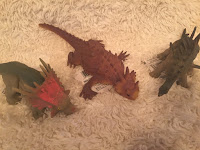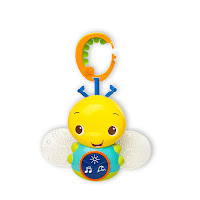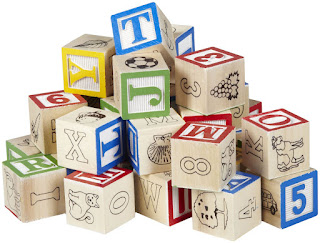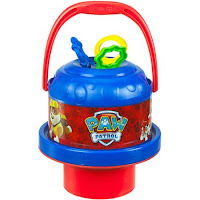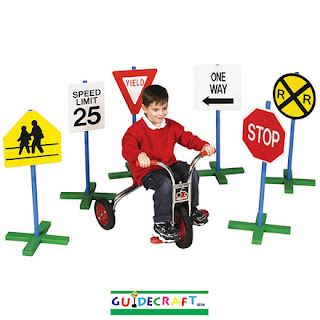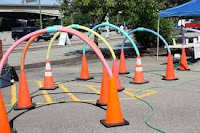Who doesn’t have fond memories of a summer picnic? Before the summer escapes, make some memories with your children! It takes some preparation, but if you enlist the help of your kids, you can make it more personal, exciting and educational at the same time.
Plan a Day: Will a week
night work? How about Sunday after
church? A Picnic Breakfast could be a
fun choice! How about a crazy midnight
(or after dark) picnic under the stars?
 |
| Picnic Under the Stars! |
Plan a Venue: Is there a
State Park or Recreation Center close by?
How about a shady tree on the lawn of your child’s elementary school?
You could play on the playground later (check your school’s regulations
regarding off-hour usage). Is there a lake close by with public access? The
backyard is always a great option as well. Make sure to pack a large, washable
blanket or tablecloth if a picnic table will not be available.
Plan a Menu: How much time do
you have to prepare? If you’re crunched for time, most larger supermarkets now
have great Deli sections, so why not pick up some fried chicken, family-sized
sub, a potato salad, coleslaw, bakery cookies, or fresh pie? If you have more
time, let the kids help you plan a healthy menu and then enjoy making and
assembling special treats together. Try some fun-shaped sandwiches using a large
cookie cutter. Make hard boiled eggs
into exciting shapes with our Star
Wars Boiled Egg Shapers! Pour a small amount of Ranch Dressing in
individual plastic cups, add carrots and celery sticks and cover in plastic
wrap. Cut cantaloupe, watermelon, or other fruit in cubes and skewer on small
sticks.
 |
| Fruit Skewers |
 |
| Star Wars Egg Shaper |
 |
| Finger Jello |
Have you ever had Jello Jigglers (Finger
Jello)? They are easy to make by following
this simple recipe:
Ingredients:
|
·
3 packages (3 oz. each) JELL-O Flavored Gelatin
·
4 envelopes KNOX Unflavored Gelatin
·
4 Cups boiling water
Instructions:
·
Mix all dry gelatins in large bowl; stir in
boiling water until completely dissolved.
·
Pour into 13x9-inch pan.
·
Refrigerate 1 hour or until firm. Cut into small
squares or other shapes by using a cookie cutter sprayed with cooking spray to
prevent sticking.
Plan an Activity or Game: Bocce Ball
is a classic game that even young children can play and is easily transported
to the beach, park, or backyard.
 |
| Bocce-Easy and Fun for the Whole Family |
Take a Frisbee, kite, beach ball, or spill-proof
bubbles. If there are sideways or
paths, why not take the tricycles along?
(See our great, Folding
Tricycles that easily fit into the trunk of a car! Or our Glider-Balance
bikes!) Take along the binoculars
(or the telescope
if you’re planning a night event!) for entertainment and education.
Take along a garbage bag to remove
your trash and leave the area clean.
Tell Yogi and Boo Boo Bear Hi!
Author: Trisha Roberts













